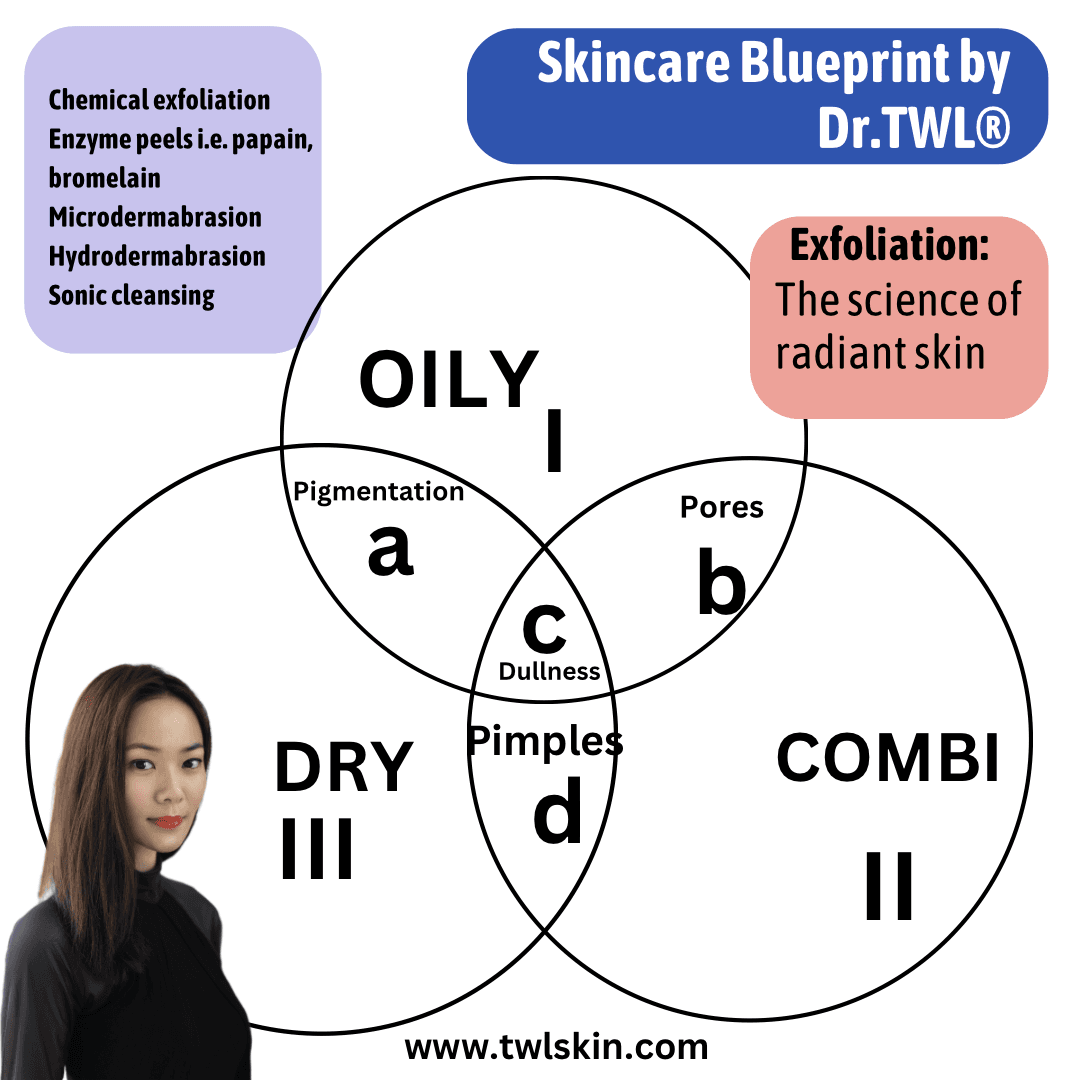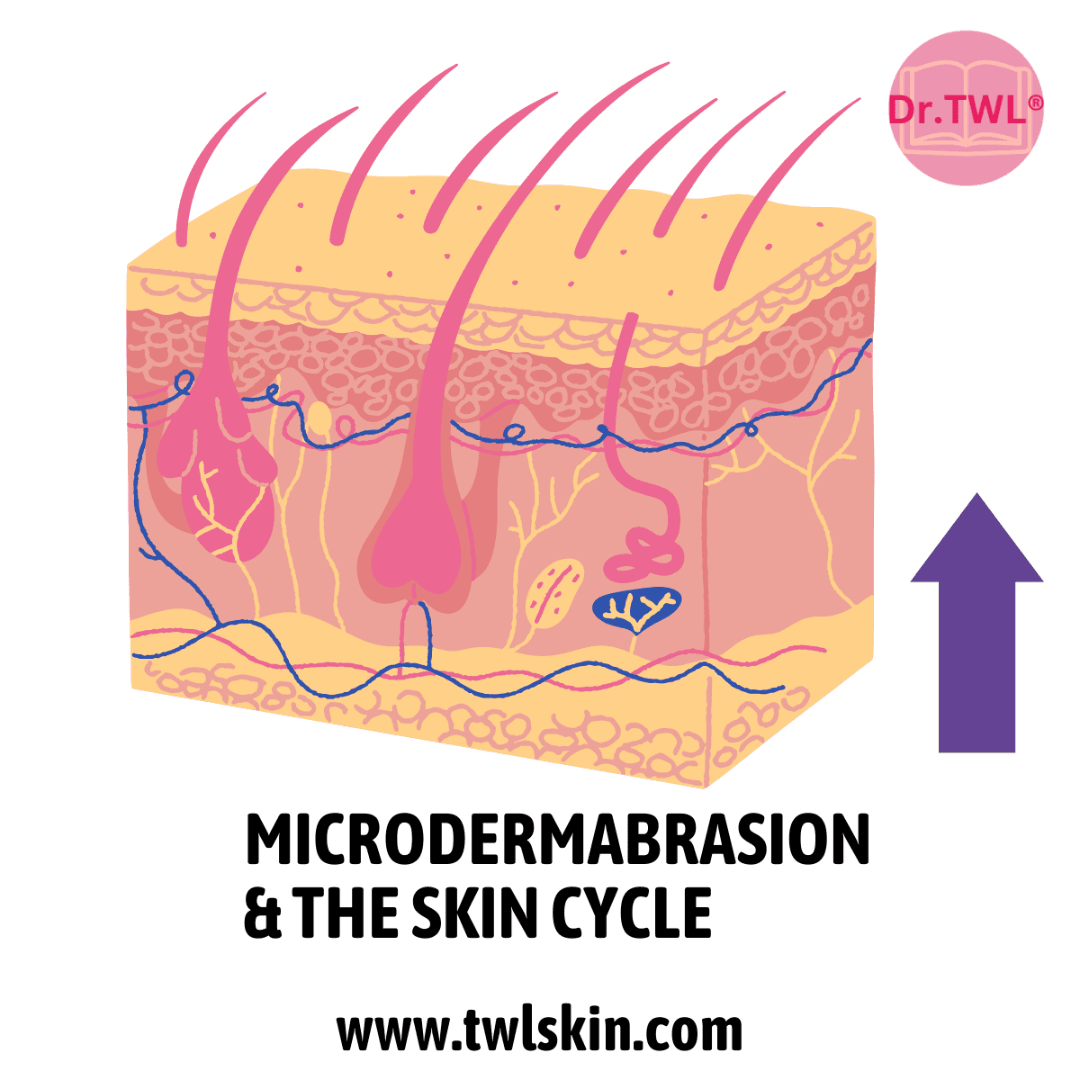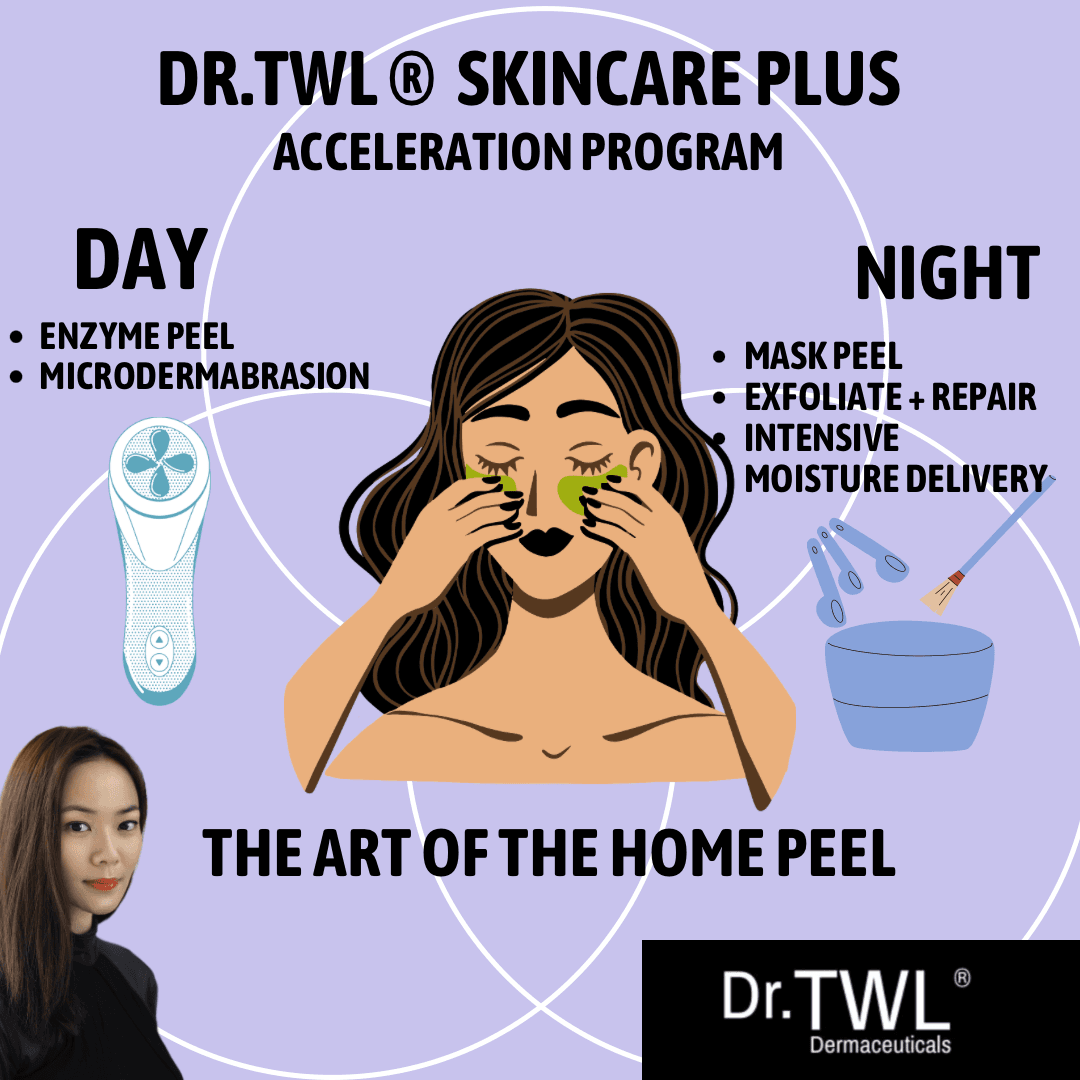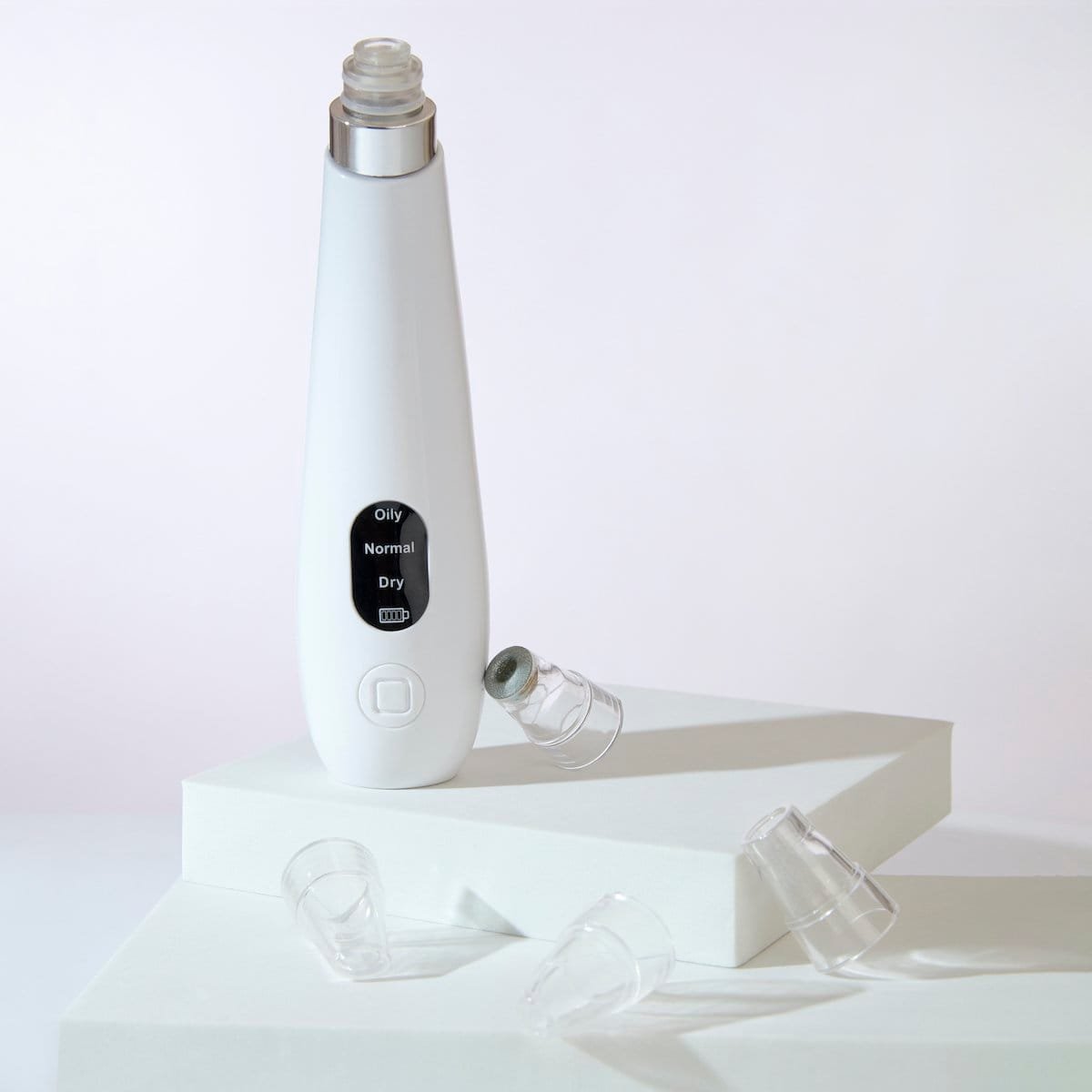Derm’s Exfoliation Guide for Specific Skin Types: How you exfoliate makes all the difference
March 22, 2024
The science of exfoliation: radiant skin
Skin cell renewal is a natural process that helps get rid of dead corneocytes, I.e. dead skin cells to reveal healthy radiant skin. The time it takes depends on the length of the cell cycle, which increases with age. This is why aging can cause dull skin and exfoliation is key to enhancing skin radiance.
Benefits of exfoliation: increase transdermal absorption
Exfoliation can enhance absorption of cosmeceutical actives such as vitamin C, hyaluronic acid and phytochemicals in green tea extract, centella, resveratrol etc.
Which exfoliation method is best for my skin type?

Exfoliation methods:
-
Chemical exfoliation
Glycolic, Salicylic, Lactic acids
-
Enzyme peels i.e. papain, bromelain
-
Microdermabrasion
Home-based microcrystalline devices work well for sensitive skin in place of in-clinic salt based systems
-
Hydrodermabrasion
2-in-1 devices are available that incorporate both microdermabrasion and hydrodermabrasion handpieces
-
Sonic cleansing
Sonic cleansing can be an effective exfoliation method for dislodging airborne pollutants and debris
How often? Exfoliation frequencies
How often you exfoliate depends on your skin type, age and concerns. Here are some quick tips on how to tailor an exfoliation protocol for your skin type:

-
Oily
Chemical exfoliation: once-thrice-weekly with superficial acids < 10%
Enzyme peels i.e. papain, bromelain daily
Microdermabrasion: weekly
Hydrodermabrasion: daily
Sonic cleansing: daily
-
Combination-Normal
Chemical exfoliation: once weekly with superficial acids < 10%
Enzyme peels i.e. papain, bromelain every other day
Microdermabrasion: weekly
Hydrodermabrasion: daily
Sonic cleansing: daily
-
Dry-Sensitive skin
Chemical exfoliation: omit
Enzyme peels i.e. papain, bromelain weekly
Microdermabrasion: with gel protection fortnightly or omit
Hydrodermabrasion: weekly over affected areas
Sonic cleansing: weekly

Microdermabrasion notes
-
skin resurfacing procedure
-
outpatient healthcare setting I.e. dermatologist practice
-
treat photoaging
-
uneven skin tone
-
dullness
-
acne scars
-
wrinkles
-
-
one of the most common cosmetic procedures
-
Introduced in 1985 by dermatologists
-
less aggressive skin resurfacing
-
popular cosmetic treatment
-
ease of use
-
minimal downtime
-
good results
-
Technique
-
release of crystals through a handpiece
-
combined with a vacuum-assisted process
-
applies gentle suction to remove the topmost layer of your skin (stratum corneum)
Pharmacy Picks

-
SilkPeel Home Facial Peel System: Chemical Peel Equivalent
Microdermabrasion with similar effects to microscopic skin exfoliation
-
Moisturising NanoPeel
Pregnancy & Breast-feeding Safe Chemical Peel. Moisturise and exfoliate your skin with zero irritation with blend of papain enzyme concentrate and minimum 18 botanical antioxidants for a calming home peel, building your skin barrier
Functional dermatology encompasses the use of holistic botanical actives to build skin resilience
Subscribe to Skincare Blueprint, my fortnightly newsletter for all your skin needs.
